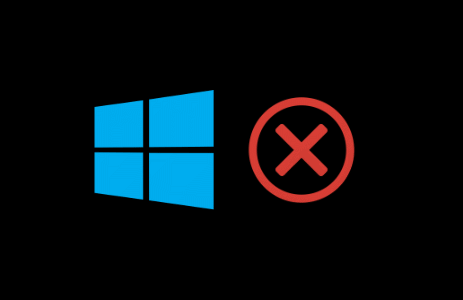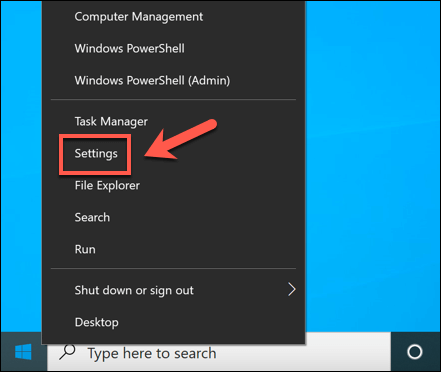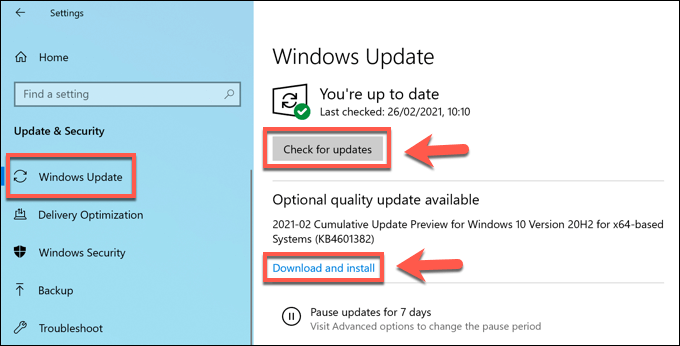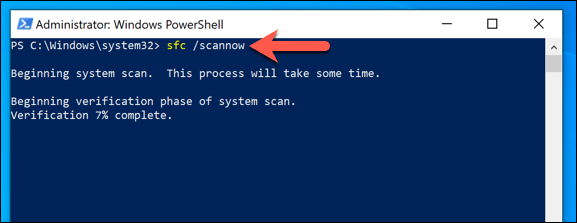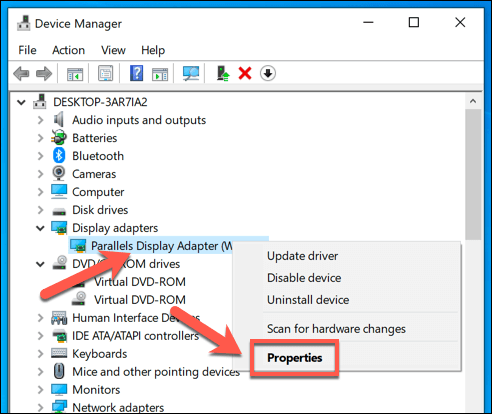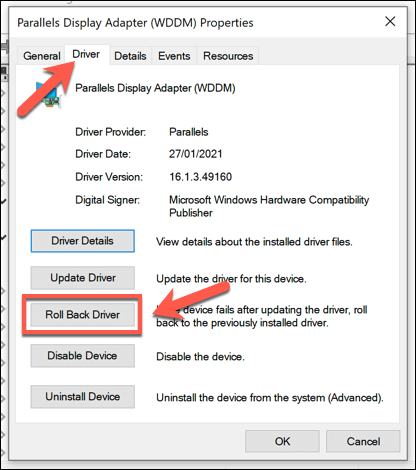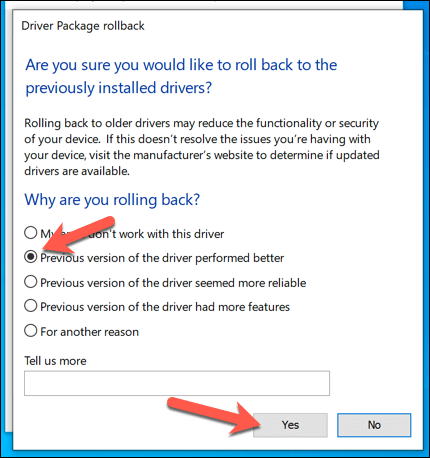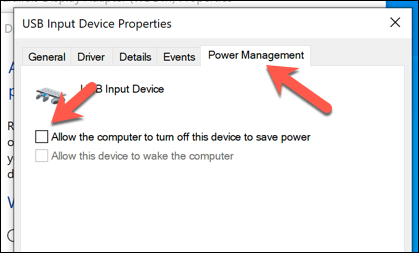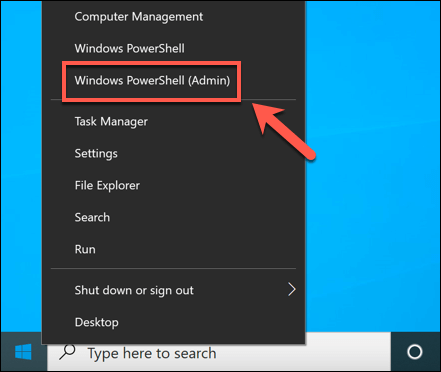One BSOD that some users will occasionally see is a “driver power state failure” error. Often caused by a faulty device driver, troubleshooting this issue is fairly straightforward and rarely impossible to fix. If you’re seeing a driver power state failure BSOD error in Windows 10, here’s what you’ll need to do to fix it.
What Causes a Driver Power State Failure BSOD Error?
A stop code “driver power state failure” blue screen of death error is usually caused by a power control issue with a device connected to your PC. If the device switches to sleep mode when you’re using it, or fails to come out of sleep mode when you try to use it, Windows assumes this is a critical error and displays a BSOD message. There are several reasons why this might occur. If a device driver is out-of-date or faulty, Windows’ ability to control power settings for connected devices might be affected. Updating your drivers (or downgrading to the last working driver) might resolve the issue. However, this isn’t the only possible cause. If system files are corrupted, you can attempt to repair the issue using the System File Checker tool. Changing your device’s power settings (including disabling sleep or hibernation mode) can also stop certain devices from entering a low-power or sleep mode. If all else fails, however, you may need to look at removing any devices that are causing this issue. Typically, external peripherals (such as USB or Bluetooth devices) or certain high-powered internal components (such as your graphics card) are behind this issue.
Updating Your System Drivers
A driver power state failure BSOD is most often caused by a problem with the installed device drivers. Unless your device is configured to install new driver updates automatically, you may need to install new drivers manually. You can usually do this through Windows Update, which will search for (and install) any suitable drivers for your PC. While Windows Update does have most device drivers available, you may also need to consider downloading drivers from the manufacturer website and installing them manually. For instance, much newer NVIDIA graphics drivers are available from the NVIDIA website compared to the drivers available through Windows Update. Likewise, certain chipset drivers for internal motherboard components (such as built-in WiFi) may require you to download the drivers from the manufacturer, especially if you’ve built your own PC.
Running the System File Checker Integrity Tool
In some cases, a power issue (such as a driver power state failure BSOD) is caused by corrupted or missing system files. To resolve this problem, you can use the System File Checker (SFC) tool. This checks the integrity of your Windows system files and, if any files are missing or corrupted, the tool will fix them automatically. Allow some time for the SFC tool to complete a scan of your PC. If it detects any missing files, this should automatically repair them.
Removing Recently Installed Drivers
While updating a device driver is usually the best way to install new bug fixes, the newer driver may have bugs that can cause this issue. If this is the case, you’ll need to roll back the driver to the latest working version. You may need to restart Windows in Safe Mode first to roll your drivers back successfully.
Disabling Sleep or Hibernation Mode
Because a driver power state failure BSOD is usually caused by a power issue, changing your PC’s power settings can stop it from happening. If you can’t disable your device’s power management settings directly, you’ll need to stop your PC from entering sleep or hibernation mode as a last resort.
Keeping Windows Updated
In most cases, keeping your system updated with new device drivers will resolve a driver power state failure BSOD error. If your drivers are buggy, however, you may need to downgrade to the last working driver or consider upgrading the affected device to a newer model (or removing it entirely). If you’re still having issues with BSOD errors, you may need to take more drastic measures. You may need to wipe and reinstall Windows to remove conflicted files, especially if the SFC tool doesn’t resolve the issue. Once you’ve reinstalled Windows, don’t forget to install some essential software to get up and running again.

